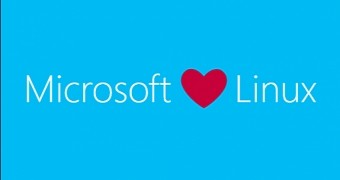Microsoft announced the second-generation Windows Subsystem for Linux (WSL) at the Build developer conference earlier this month, and now the company is sharing a few more details about how it sees the future of this platform in Windows 10.
First and foremost, it’s important to note that WSL 1, or the first-generation WSL, won’t be abandoned, and it will, in fact, continue to work side by side with its successor.
“We currently have no plans to deprecate WSL 1. You can run WSL 1 and WSL 2 distros side by side, and can upgrade and downgrade any distro at any time. Adding WSL 2 as a new architecture presents a better platform for the WSL team to deliver features that make WSL an amazing way to run a Linux environment in Windows,” Craig Loewen, Program Manager, Windows Developer Platform, explains.
Then, WSL 2 is supposed to work on all Windows 10 SKUs where the first generation is also available, which means Windows 10 Home will be supported as well.
VMWare not yet supported
On the other hand, there’s some bad news on third-party virtualization tools, which aren’t supported unless they can work with Hyper-V.
One of these solutions is VMWare, which doesn’t yet support Hyper-V, and older versions of VirtualBox -the recently-released version 6.0, however, adds Hyper-V as a fallback execution core on a Windows host, so it should work with WSL 2 just fine.
Microsoft says it’s working with other developers to resolve this issue.
“We are investigating ways to help resolve this issue. For example, we expose a set of APIs called Hypervisor Platform that third-party virtualization providers can use to make their software compatible with Hyper-V’s. This lets applications use the Hyper-V architecture for their emulation such as the Google Android Emulator, and Virtual Box 6 and above which are both now compatible with Hyper-V,” Loewen said.
WSL 2 is projected to become available for Windows insiders as part of Windows 10 preview builds next month.

 14 DAY TRIAL //
14 DAY TRIAL //